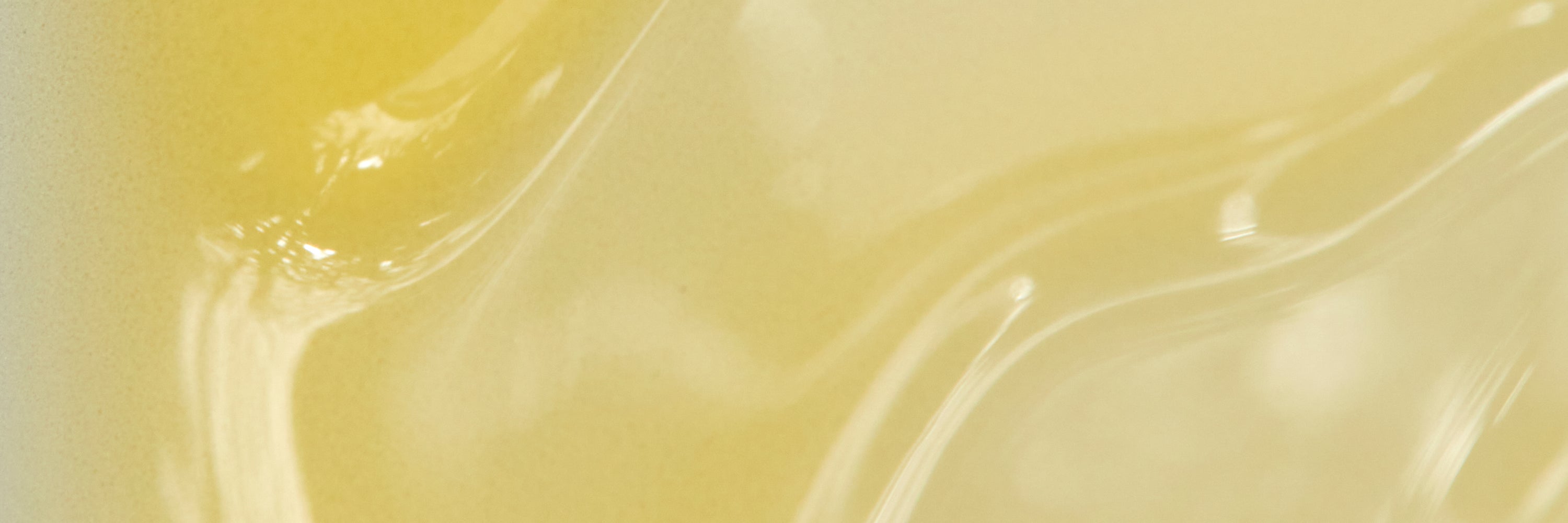Delivery systems
A skincare formula can only be as good as its delivery system
The right delivery system enables the product to take action where it is needed, at exactly the concentration required: therefore, just as important as the active ingredient in a formula is the technology involved in stabilising that ingredient and allowing it to perform its role on, and within, the skin.
Delivery systems increase the effectiveness of a product by enabling the active ingredients to take full effect and also by helping the ingredients overcome the skin’s natural protective barrier. A product is necessarily limited if it cannot reach the level of skin which it needs to in order to take effect, and if it cannot take effect to the extent that it needs to: therefore, both location and concentration are key.
Rather than just targeting the surface of the skin (the stratum corneum), a good delivery system enables active ingredients to take effect at the level of the dermis, where they can have a lasting effect rather than simply a transient one.
Thus, to understand the importance of the delivery system it is vital to understand the physiology of our skin. The role of our skin is, after all, to protect our body and its systems from external irritants, aggressors and unwanted changes (from temperature variation to poison and pollutants), so if active ingredients – or any ingredients at all – are to be effective, a highly efficient delivery system is of critical importance in order to bypass the barrier of the skin. Crucially, this barrier function must be overcome selectively because it cannot be so compromised as to negate its primary, protective, function.
It is just as vital that active ingredients are preserved correctly in their active state until the precise point of usage. Many Skinesis products come in dual-layered packaging: the exterior, outer bottle protects the inner chamber from being subjected to damage, and within there is an inner chamber to ensure airless preservation of the ingredients. The construction of the inner chamber is an airless vacuum that allows the formula to be dispensed only when the pump is pressed and the valve then opens; the valve also prevents any product from flowing back into the bottle.
“Airless packaging fully protects product formulations from contact with air, preserving their effectiveness and increasing longevity; secondly, it allows clients to extract more of the product from the bottle,” Sarah explains. Finally, it allows smooth delivery and more accurate, measured dosing of formulas, especially when it comes to highly viscous products dispensed through a pump. As Sarah points out, “Often we can squeeze or scoop out too much product from more standard packs, but this pack allows precisely the correct amount to be pumped, with minimal wastage.”
For the Skinesis Stem Cell Collagen Activator, the delivery system is particularly notable, and critical to its success. Chambers contained within the top hold the four botanical stem cells in their powder form, enabling maximum potency as they are not activated until the button on the top is depressed, releasing them into the peptide solution inside the bottle – this dramatically optimises their potency and supercharges the treatment. This is a good example of how the vehicle and the conditions at which the active is delivered (temperature, pH, quantity, how much time it takes to arrive at the correct component of the skin) are key to ensuring maximal efficacy.

As well as enabling the active ingredients to take effect, a good delivery system ensures that ingredients are safe for use. An ingredient may well be active in vitro (that is, in a test tube in the laboratory) but to be effective in a formula it needs to be able to be applied to the skin in sufficient quantity without causing irritation, and penetrate through the outer skin layer, while still remaining stable and active when it reaches its target.
For an ingredient to achieve the desired effect, it must be soluble in the type of tissue in which it needs to act to achieve this effect. The interior of skin cells is mostly water and to remain there an ingredient therefore must be water-soluble; the boundaries of these cells, however, comprise lipid-soluble membranes. This makes effective delivery of active ingredients a challenge: water-soluble substances will not be able to pass through the border of the cell to the inside of the cell where they need to conduct the intended activity. Therefore, the formula must possess an accurate and effective ratio of lipophilic substances and hydrophilic substances in order to pass through cell membranes to the interior of the cell to take action.
Some active ingredients and their vehicles are particularly effective, especially with current developments in nanotechnology extended to cosmetic and dermatological research. For instance, molecules with varying properties, from phospholipids to liposomes, microcapsules to hydrogels, all allow active ingredients to bypass the outermost layers of the skin to allow for better application and increased penetration of both topical prescription drugs and cosmetic skincare products.
Further reading and research
J Cosmet. Laser Ther. 2017 Dec;19(8):485-493. doi: 10.1080/14764172.2017.1358451. [Epub] 2017 Jul 28.Vesicles: Potential nano carriers for the delivery of skin cosmetics A Lohani, A Verma Recent Pat.
Nanotechnol. 2017 Oct 10. doi: 10.2174/1872210511666171010130107. [Epub ahead of print] Nanoemulsions for Cosmetic Applications: What Innovation Status? ML De Souza, DD Oliveira, PL Ribeiro, N de Paula Pereira, JI Druzian Journal Pharm.
Bioallied Sci. 2012 Jul;4(3):186-93. doi: 10.4103/0975-7406.99016
Nanotechnology in cosmetics: Opportunities and challenges S Raj, S Jose, US Sumod, M Sabitha



